
Back in my college days, when I was editing the weekly student newspaper, our faculty adviser, Richard Hoyt, would regularly chide staff photographers for (accidentally or sometimes on purpose) taking shots of people’s backsides. “Get their faces, not their asses,” he’d dictate, to the amusement of everyone except whichever aspiring shutterbug was responsible for the latest “butt shot.”
Modern book designers, however, seem to harbor no qualms about turning to posterior pictures for their front covers. I don’t know exactly when this trend toward using photographs or illustrations of figures as seen from behind began, but it’s spread far and wide. Sometimes the central subjects—either men and women—are stationary, but on other occasions, they’re walking or seemingly fleeing for the lives. The people in these images are often heavily shadowed, or they’re silhouettes only; yet almost as frequently, their dress and hair and other features are clearly visible. We’re just denied a peek at the subjects’ foreparts.
This may, in a way, be a good thing. It maintains some mystery as to what characters in books look like, leaving our imaginations to fill in physiognomic details. Yet the ubiquity of such imagery leaves us doubting the creativity of book designers, and may cause us to become cynical about how marketing demands dictate the range of artwork considered acceptable by today’s principal publishers.
I haven’t made an effort to collect every possible example of this contemporary trend; there are simply too many such covers. But the 67 fronts corralled here, all from novels released within the last two or three years, should give you a sense of how art directors have sought to wring some drama and novelty from this terribly overworked—and, I hope, passing—fad.
Click on any of these images to open an enlargement.

























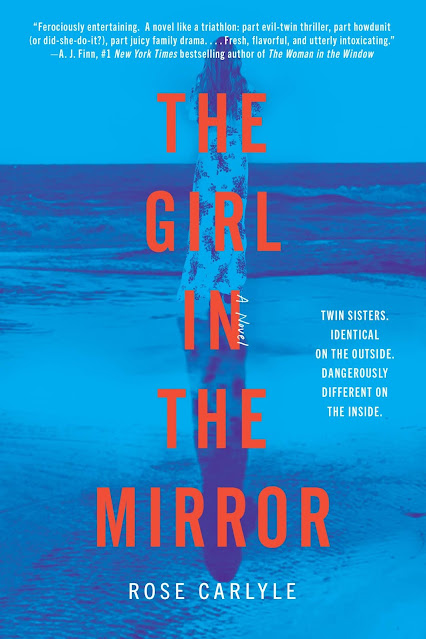
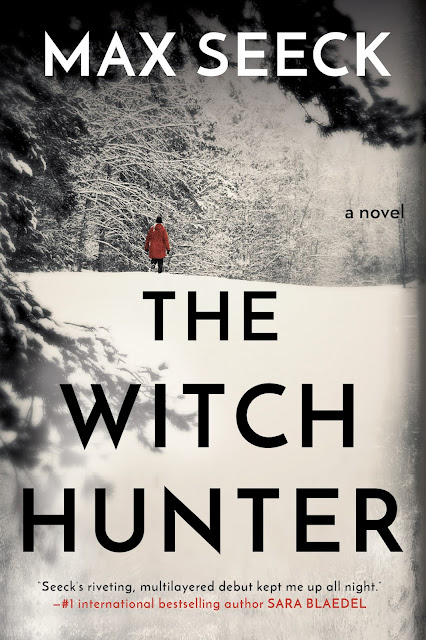

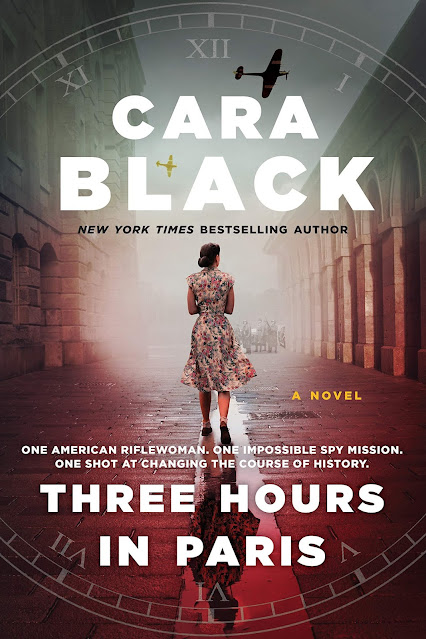






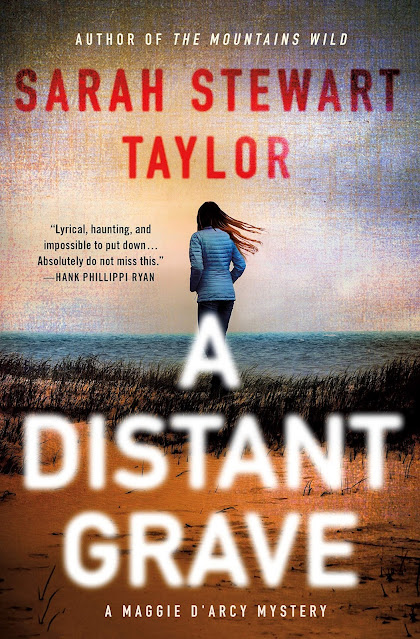






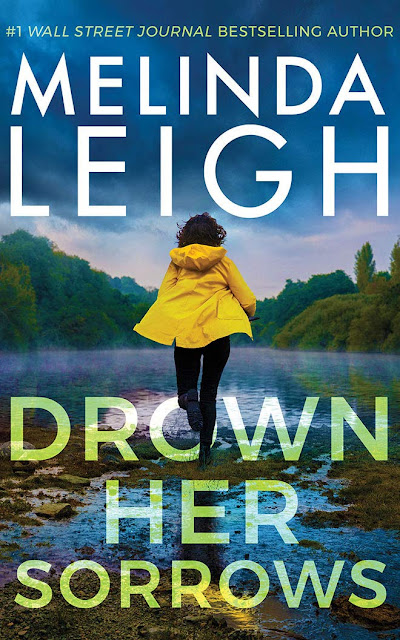


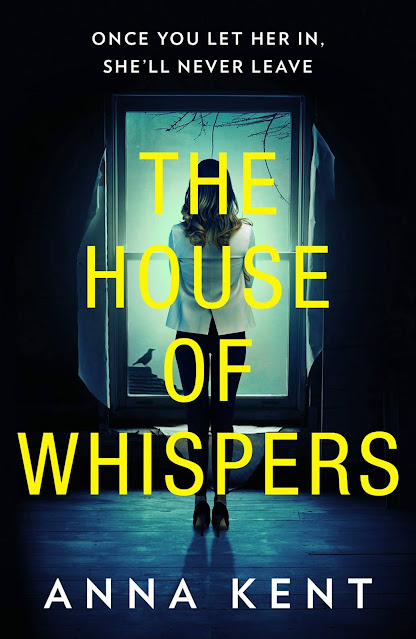





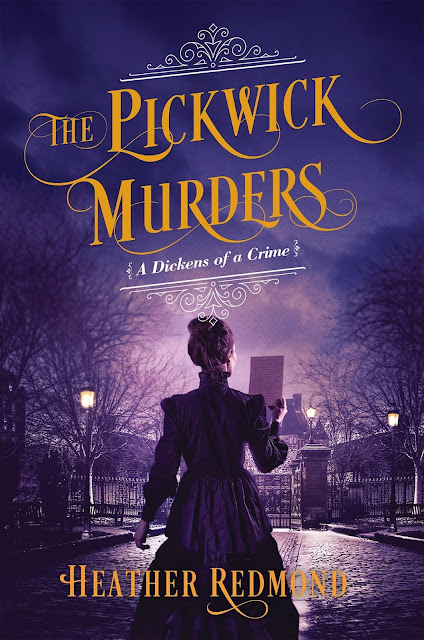














POSTSCRIPT: Evidently, this trend toward rearview artwork will not abate soon. The covers below come from books debuting in 2022.















2 comments:
You make a very nice point. Thank you for this, and for compiling this mass of examples!
Interesting point, my suspicion is the intention is to have the reader imagine that they are the protagonists.
Post a Comment